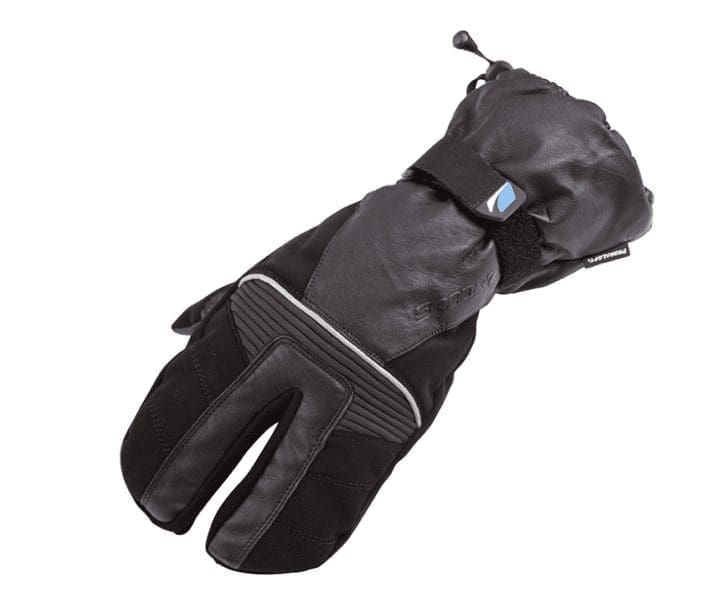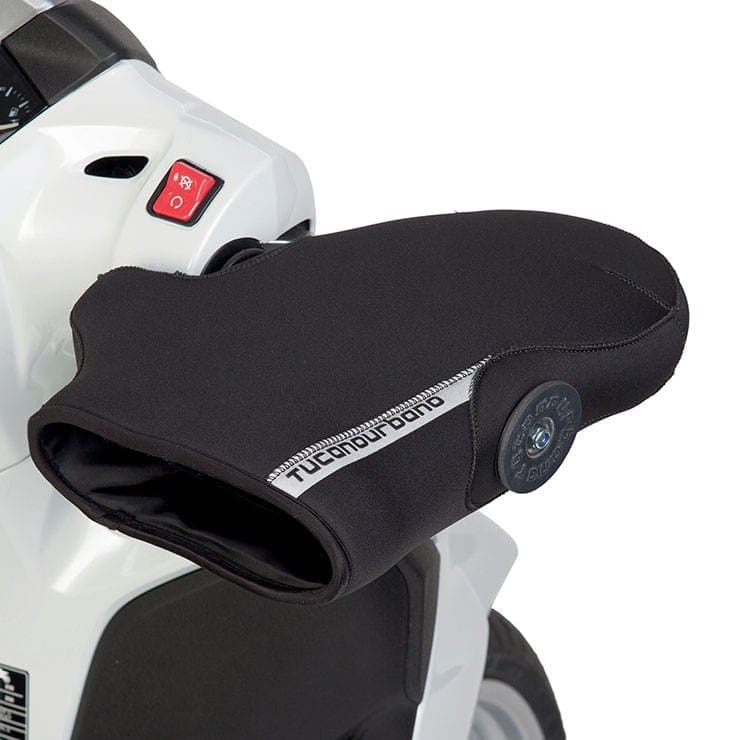MoreBikes.co.uk winter kit guide: #5 Gloves
With gloves, there’s a good choice of winter options to choose from. Whether you go for leather or textile, sporty, touring or commuter-styled options is down to personal preference – all of them are available with thermal and waterproof lining.
To help you choose the right pair for you and keep your hands warm this winter, here are five things to consider:
1. Anatomy of a good winter glove
Winter gloves are essentially just an insulated and waterproofed version of a regular pair of motorcycle gloves. They can feel quite strange if you’re used to thin summer gloves as you have less feel due to the thick wadding, but in most cases they mould to your hands soon enough and you get used to them fairly quickly.
It’s good to make sure that the gloves come with the level of protection that you are happy with. Just because they are padded doesn’t mean that they will be abrasion-resistant. Knuckle armour, tough fibres and other protective features are as important in winter gloves as they are in summer gloves.
In addition to ‘regular’ winter gloves there are also winter mittens and ‘bridged’ gloves where some or all of the fingers aren’t separated by fabric, therefore benefitting from shared body heat. In practice, this makes the gloves warmer but might take a while to get used to.
2. Insulation and waterproofing
Popular insulation options include wadding from well-known brands, such as Thinsulate and H2OUT. The thickness of insulation determines how warm the gloves are, so if you want them warm, the thicker the better. It’s worth pointing out the obvious though: With thick gloves you have less tactile feedback from the bars, switches and levers. It’s something that you’ll get used to pretty quickly but it will feel strange at first.
Insulation is only worth having if your hands are dry, so a waterproof lining is essential if you ride in wet conditions. In addition to brands such as Gore-Tex that are used in various manufacturers’ gloves, there are also many manufacturer-specific systems that claim to be waterproof. The same as with other kit, check what level of water protection the gloves offer; just because it says ‘waterproof’ on the product doesn’t mean that it will keep you dry all day.
3. Getting used to winter gloves
If you haven’t worn winter gloves before, have a little feel of the switches before you set off for the first time to avoid using the horn instead of the indicators once you’re on the move (we’ve all been there, right?).
Some winter gloves also need a while for bedding them in, so don’t abandon the gloves straight away if they feel stiff and clumsy. Most gloves will mould to your hand shape after the first few rides, but there is always the inevitable trade-off between warmth and tactile feedback.
4. Avoid cheap copies
If you don’t own a pair of motorcycle winter gloves it might be tempting to reach for your hiking or skiing gloves on cold days rather than invest in proper motorcycle winter gloves. Don’t do it! Proper winter riding gloves are designed to protect your hands from windchill at high speeds much better than regular recreational winter gloves. They are also much more abrasion-resistant in case of a spill.
5. Added extras to keep your hands warm
Under gloves, muffs or heated grips will also help keep your mitts warm if you feel that your winter gloves don’t do the job. And then there’s also heated gloves if you really need to up the ante.
Looking for a new pair of gloves? Have a look at our motorcycle glove reviews.








